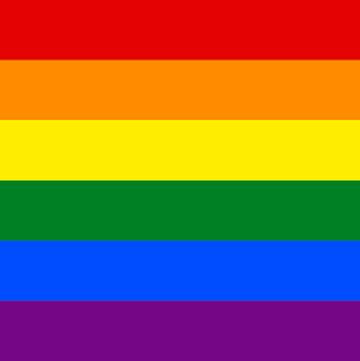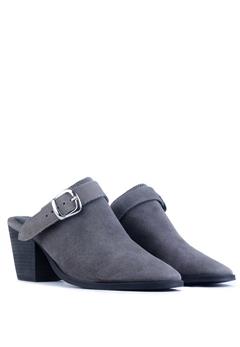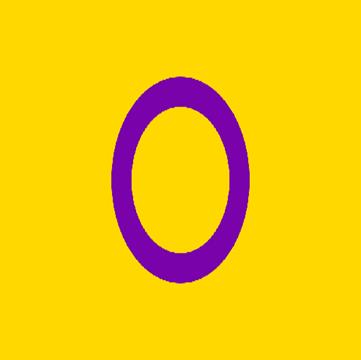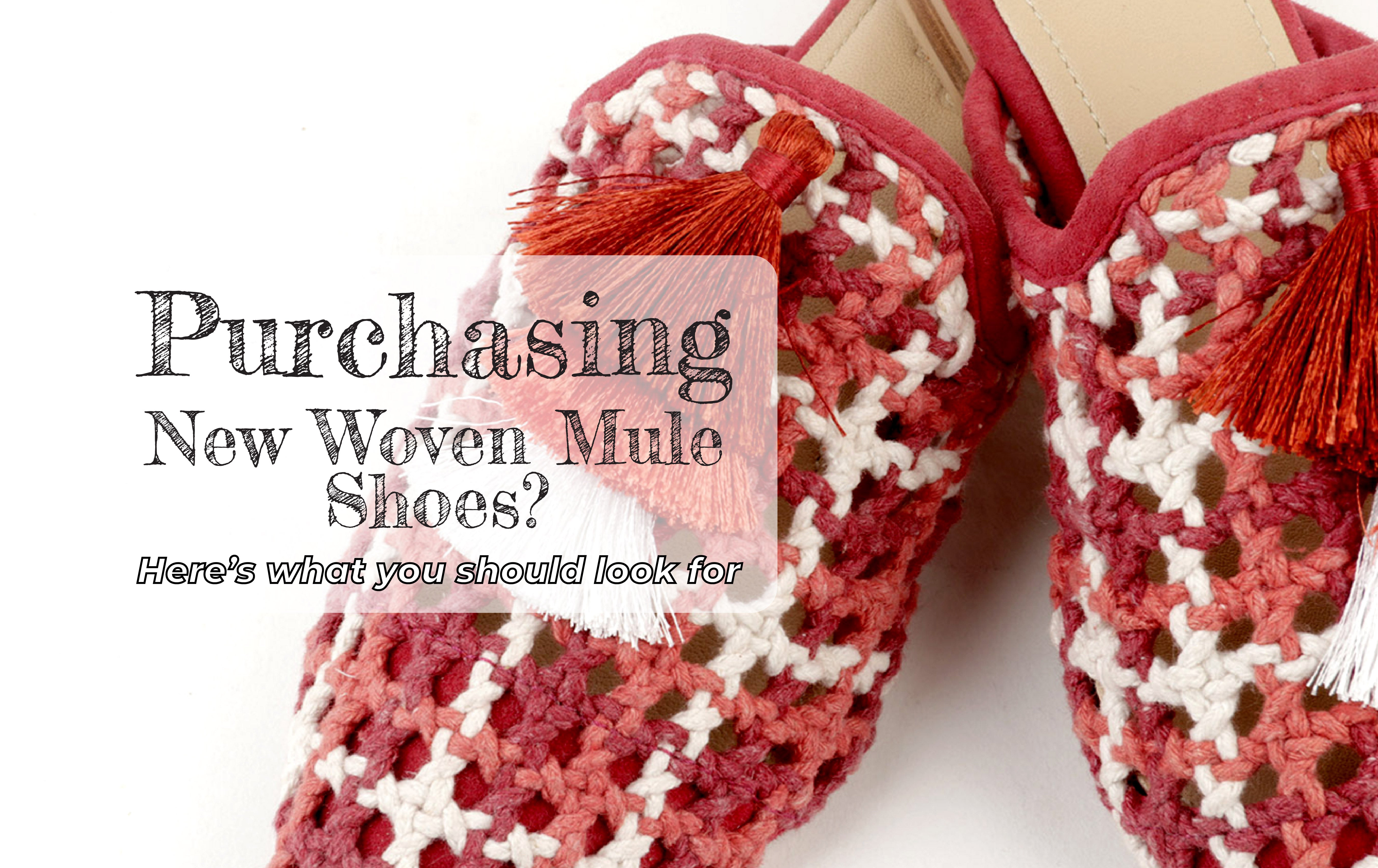Pride Month: Flags in Footwear
LOVE: Life’s Only Valuable Emotion.
FLAG: For Love’s Always Great.

June officially marks the month where the world celebrates love and acceptance. Either by dusting off their rainbow flags, sparkling themselves in glitter, or attending Pride parades, individuals from all around can embrace their identity and evince their feelings of happiness during Pride Month.
This month is a tribute to those who were involved in the Stonewall Riots – the uprising that lasted six days and involved protesting for the establishment of places where LGBT(Q)+ people could be open about their sexual orientation without fear of arrest. From this movement, the fight for liberation progressed: from Gay Pride Week and the Christopher Street Liberation Day morphing into the ‘New York City Pride March,’ to recognitions by three different presidents of the United States, we have come a long way.
1. The Gilbert Baker Pride Flag
Here comes the most recognized flag. Harvey Milk was a gay politician who asked his talented friend, Gilbert Baker, to design an all-encompassing emblem that he could bring to the Pride March in San Francisco in 1978. According to Robert Tobin, PhD and teacher of gay and lesbian studies and queer theory at Clark University, the gay pride flag “was and is a cheerful, upbeat, optimistic, and instantly identifiable symbol of the LGBTQ+ community…”, and the colours “were chosen from the rainbow, a symbol of hope ever since Noah’s flood.”
Fun fact: the flag was originally supposed to be made with eight colours instead of six. But Gilbert wound up having to axe the two colours, turquoise and pink, in order to make the design simple enough for mass production.
2. The Lesbian Pride Flag
The Lesbian Pride flag is, as per Tobin, “trying to signal toward diversity with the orange line suggesting gender nonconformity.” Amongst the variety of lesbian flags – and there were many (there was even a purple one created in 1999, ironically, by a man) – this one is the newest version. An updated flag arose in 2010 and it was composed of pink shades and lipstick stains, acting as an ode to “lipstick lesbians”. With that said, this latest flag exists to symbolize diversity.
3. The Polyamorous Pride Flag
Before delving into this flag (and its corresponding shoe), the term “polyamory” should be understood. Polyamory is a form of nonmonogamy that is consensual between all the people involved. The flag is, therefore, an apt representation of this definition: the infinity heart sign on top of all the colours represents the “infinite love for multiple partners at the same time,” as per the Gender & Sexuality Resource Center at University of Northern Colorado. The flag was created by Jim Evans in 1995 for the purposes of establishing “an anonymous symbol for the polyamorous community”.
4. The Demisexual Pride Flag
Moving onto the next flag, ‘demisexual’ is a sexual orientation used to represent those who need to feel a strong connection, emotionally, with someone in order to feel a sexual attraction to them. Akin to the previous flags, the design here can help one decipher its meaning: the colours used (purples, greens, and yellows) are not ones linked to gendered norms. Accordingly, the flag is highlighting people who reject such binaries. The Gender & Sexuality Resource Center at University of Northern Colorado mentions that “[i]t s unknown how or when the flag came to be, but it is very similar to the asexual flag in its use of colours, which was based off the AVEN logo.”
5. The Trans Pride Flag
This is the transgender pride flag, deliberately playing with the traditional colour norms for boys and girls. Created by Monica Helms, the flag is becoming quite well recognized, particularly because the trans community has had to endure and fight many battles, including ensuring medical access, tackling hostile state laws, fighting discrimination in the military, and providing resources for the youth.
6. The Intersex Pride Flag
On the one hand, the Transgender Pride flag, as established, plays with traditional colours. However, the Intersex Pride flag, on the other hand, works with colours that have not been traditionally gendered, such as yellow. As for the circle, Tobin notes that it “represents wholeness.” The flag was created in Australia in 2013 and has helped unify the intersex community, in turn making them stronger to fight medical and political battles. This includes making sure physicians did not “undertake corrective surgery on people born intersex before those people were able to give consent.”
7. The Pansexual Pride Flag
While this flag may seem quite similar to the bisexual one (in that that pink and blue segments also symbolise traditional genders), what distinguishes the two is the yellow part that represents non-binary people. There is not much information to indicate who created the flag, but what is known is that it has existed since the 2010s.
8. The Agender Pride Flag
Made in 2014 by Salem X, this flag contains colours that have not been traditionally gendered. For instance, the black and white stripes outwardly express the absence of gender, the grey represents semi-genderlessness, and the green stripe in the centre symbolises non-binary genders.
The existence of the different flags are a coalition of different identities across the spectrum of identity, desire and orientation. They create an emblem to allow an individual to express themselves, be themselves and have a space to celebrate themselves. With that being said, whether you are a member of the LGBTQ+ community or are a supporter, remember that just because June is the officially designated month to celebrate Pride, it does not mean that you cannot still honour love and acceptance every other day of every other month. So, keep striding, keep accepting, and keep loving.























Leave a comment
This site is protected by hCaptcha and the hCaptcha Privacy Policy and Terms of Service apply.